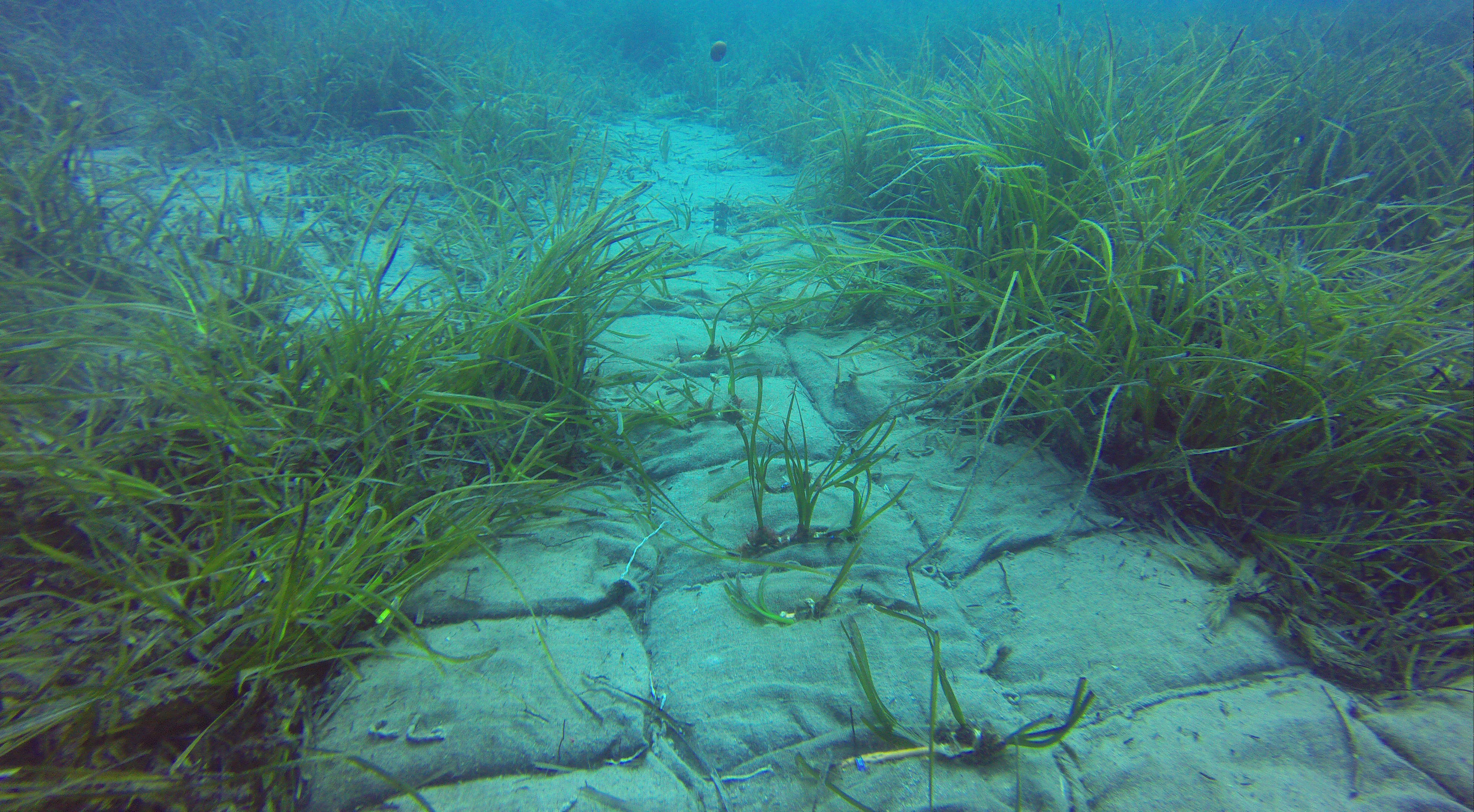We are a global operator of essential infrastructure
- Amazonas Nexus is a high-performance geostationary satellite aimed at the air and maritime mobility market that will also enable high-quality Internet access in places as remote as Greenland or the Amazon rainforest.
- Hispasat is the first operator in the world to offset the carbon footprint derived from the launch by planting a forest.
Hispasat has today inaugurated a new era in satellite communications with the launch of the Amazonas Nexus. It is a high-performance geostationary satellite that will enable high-speed internet access throughout the Americas, the North and South Atlantic corridors and points as remote as Greenland and the Amazon rainforest. It is specially designed to offer high quality connectivity on airplanes and ships and will effectively contribute to an expeditious and efficient reduction of the digital divide in Latin America.
The mission was carried out successfully from Space Launch Complex 40 (SLC-40) at the U.S. Space Force Station at Cape Canaveral (Florida) by a SpaceX Falcon 9 rocket.
With this operation, Hispasat becomes the first satellite operator in the world to offset the carbon footprint derived from the entire launch process. This action will be carried out through Sylvestris and is part of the sustainability commitment assumed by Redeia in all its activities.
New Technology
This new satellite represents a technological breakthrough that reinforces Hispasat’s position at the forefront of the satellite industry. The Amazonas Nexus, built on the Spacebus NEO platform of Thales Alenia Space, is equipped with a state-of-the-art Digital Transparent Processor (DTP). It allows establishing one-hop communications throughout its coverage area and provides maximum flexibility that will facilitate its adaptation to changes in the demand for services over its more than 15 years of service life.
Given its multipoint architecture, the Amazonas Nexus can reuse the transmission frequency and thus increase its in-orbit performance. In addition, it is an electric propulsion satellite. For this reason, it is lighter (4.1 ton launch mass) and reduces the cost of its launch into orbit, although its arrival in geostationary orbit will therefore be delayed until july. After the final in-orbit tests, the satellite will be placed in its final position at 61º West and will enter service.
The Amazonas Nexus has been manufactured at the Thales Alenia Space facilities in Cannes (France) and has a significant participation of the Spanish aerospace industry through companies such as Thales Alenia Space España, Sener, GMV and Aicox, among others.
Economic profitability
The new satellite project has been carried out with an investment of about 300 million Euros, which will be recouped as soon as it is fully operational. Since its commissioning, Hispasat has reached several commercial agreements for the long-term lease of 60% of the Amazonas Nexus capacity with operators and service providers in the governmental sector, as well as in the connectivity sector for the aviation sector and in remote environments.
Thus, the Nexus carries Greensat payload on board for Tusass, Greenland’s national communications company. It will therefore provide Internet access services to all remote towns and villages in northern and eastern Greenland that currently have satellite service, as well as corporate solutions for mining companies and backup solutions for the restoration of communications services in the event of an emergency.
This new satellite also incorporates for Artel the Pathfinder 2 mission of the U.S. Space Force. This mission includes rigorous levels of protection that meet the high security requirements demanded by the Department of Defense. For further assurance, the Amazonas Nexus is equipped with the advanced CNSSP-12 encryption system for telemetry and telecontrol, which makes it much more secure and suitable for critical missions.
In addition, Hispasat will provide Intelsat with several gigahertz of Ku-band capacity onboard the Amazonas Nexus to provide air connectivity services in the Americas and the Atlantic region.
The president of Redeia, Beatriz Corredor, stated that “this is a project that perfectly summarizes the spirit of Redeia as a global operator of essential infrastructures, since it will be able to bring such a basic good in today’s society as connectivity. A project that, in short, contributes to social and territorial cohesion and that, I am sure, will strengthen a solid, diverse and sustainable development.”
The President of Hispasat, Jordi Hereu, highlighted that “Amazonas Nexus ushers in a new stage. It will allow us to open new markets and fulfill our commitment to citizens to prevent the digital divide from continuing to grow and to provide them with access to digital rights, education and healthcare in remote locations. We would like to thank SpaceX, Thales Alenia Space and the entire Hispasat team for their work.”
The CEO of Hispasat, Miguel Angel Panduro, explained that “our satellite begins its journey towards its final position from which it will offer the most advanced services to America, Greenland and the North and South Atlantic corridors. Therefore, a new period begins in this mission, just as crucial as that of the launch, but lasting several months, until it enters service.”
For more information:
The components of the Amazonas Nexus mission
The Amazonas Nexus launch, step by step
The Amazonas Nexus mission phases
About Hispasat
Hispasat, Redeia’s satellite operator, works with the objective of helping citizens to overcome the digital divide and to promote the sustainable development of society. It is the main communications bridge between Europe and America as a broadband and connectivity service provider through its companies in Spain and Latin America, where its Brazilian subsidiary Hispamar is located. In addition, it leads the broadcasting and distribution of audiovisual content in Spanish and Portuguese, including the transmission of Direct to Home (DTH) and High Definition Television (HDTV) digital platforms. Hispasat is the main driver of innovation in the Spanish aerospace sector and is committed to sustainability throughout its value chain. These activities make it one of the world’s leading companies in terms of revenues in its sector.














